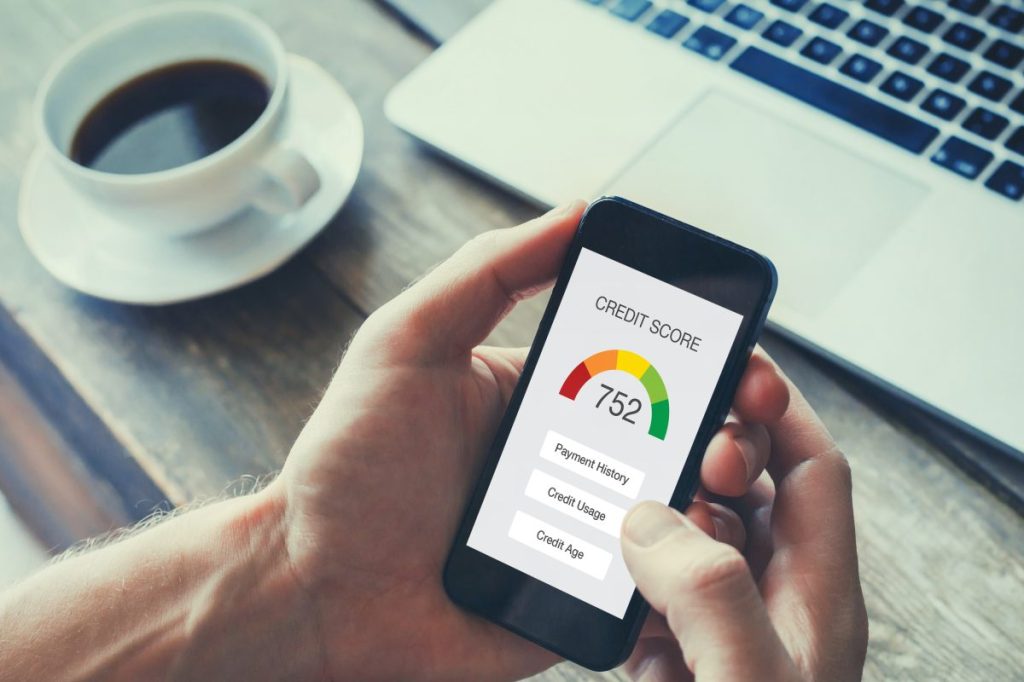As the economic recovery from COVID-19 continues, conflicting trends in mortgage credit availability have emerged. The Federal Reserve Bank of New York reports that the number of mortgages reached its highest level to date in 2020, with $1.2 trillion in new home loans in the fourth quarter of 2020 alone. At the same time, the Mortgage Bankers Association’s Mortgage Credit Availability Index dropped precipitously in 2020 and declined another 8.5% this June.
How can these two statistics co-exist? The answer lies in who applied for home loans. With mortgage interest rates hitting record lows, many Americans flocked to mortgage lenders to refinance or borrow to buy a home at extremely affordable interest rates.
But these were primarily consumers with excellent FICO Scores rather than consumers with lower scores. The median score among mortgage borrowers increased steadily during the pandemic, reaching a record high of 786 in the fourth quarter of 2020.
So while consumers with high FICO Scores drove the record number of mortgages, the lower Mortgage Credit Availability Index shows the emergence of a pattern seen during prior times of economic uncertainty: lending standards are tightening with higher score cut-offs at the lower end of the credit scale.
The premise that economic disruptions affect mortgage credit availability in broad strokes, posing a particular challenge for consumers with less-than-perfect credit, has become conventional wisdom. But there are innovative ways for lenders to both reduce uncertainty and keep credit flowing during economic downturns, benefiting both lenders and consumers.
Last year FICO introduced a new analytic tool designed to capture consumer credit risk specifically linked to economic disruptions. The FICO Resilience Index (“FRI”) is an always-on tool that complements the standard FICO Score to assess the resilience of consumers to economic shocks.
Historically, lenders have responded to economic uncertainty by raising credit score cut-offs to manage credit risk. By factoring consumer resiliency into the credit decision process, lenders can more precisely identify the millions of borrowers that are resilient to economic stress and therefore should not be subject to more stringent criteria, even amid economic uncertainty.
FRI translates data from the consumer reporting agencies (CRAs) into a numeric index that measures the risk of delinquent payment behavior in the event of severe economic stress. The index analyzes in detail the credit information found in a consumer’s credit file, including their credit accounts, inquiries and payment history. FRI is measured from 1 to 99, with lower values indicating greater resilience and higher values indicating greater risk in the event of a severe economic downturn.
For example, FICO’s analysis has quantified the significant benefits of FRI when applied to a sample of mortgages that were originated in 2007 — a period where consumers were about to experience substantial financial stress. Using a random sample of 10 million credit records, FICO examined the impact of two possible origination strategies: using exclusively the FICO Score, or using the FICO Score in tandem with FRI.
Our research found that using a hypothetical FICO Score cutoff of 720 on this sample of 10 million consumers carried an overall default rate of 4.2% or lower. However, using a dual matrix strategy with both the FICO Score and FRI, a lender could originate 450,000 more mortgages in a FICO Score range below that cutoff — 640 to 720 — while maintaining equivalent or better odds of repayment during the long recession that followed.
That’s the promise of FRI: keeping credit flowing to more consumers during good economic times and bad, while minimizing risk. As lenders move beyond precautionary loss containment strategies taken early during the pandemic and shift focus to safely growing origination volumes as part of an economic recovery, they can once again benefit by taking consumer resilience into account.
Moving forward, the right time for lenders to prepare their portfolio for the next recession is before economic clouds are even on the horizon. By incorporating consumer resilience into their underwriting and portfolio management processes, lenders can become better prepared to withstand and respond appropriately to early warning signs of financial stress.
And when an economic shock occurs, FRI is a critical tool that enables lenders to respond with more precision to the challenge of managing exposure. Customer-level resilience foresight equips lenders to keep credit flowing with greater confidence and avoid responding to shocks with broad-based credit cutoffs that can hurt consumers during periods of economic stress.
Before FRI, knowing how a consumer would respond to economic turmoil was an unanswered question in credit risk assessment. That uncertainty led to the broad-based credit tightening approach that we’re seeing again today. But there is another way. Now, FRI can empower lenders to help more consumers get access to homeownership with more clarity about their resilience across economic cycles.
Learn more about the FICO Resilience Index at fico.com.




